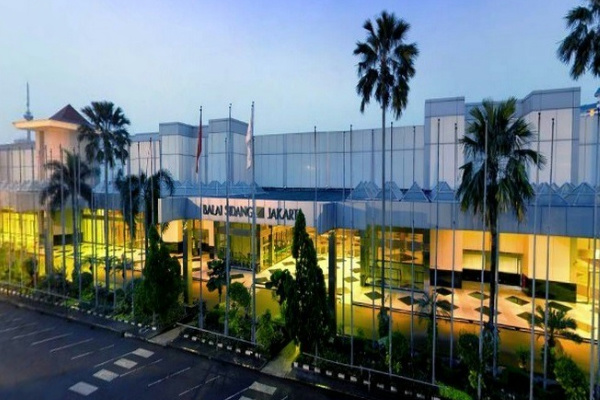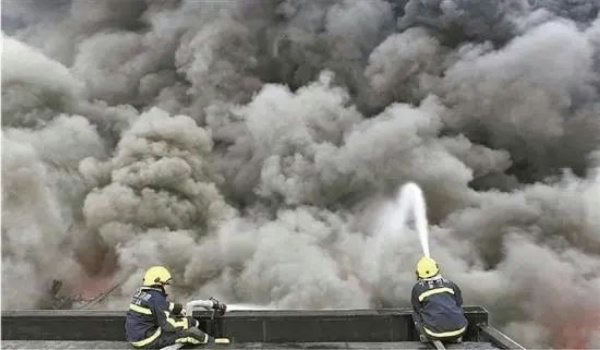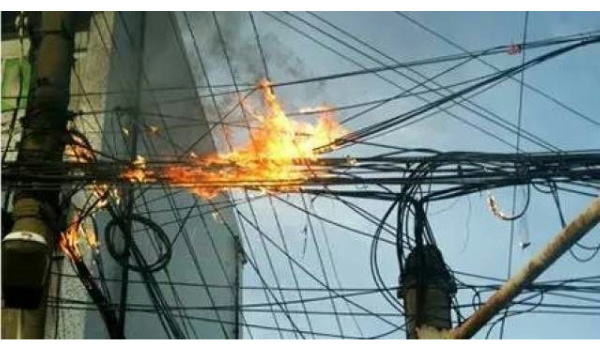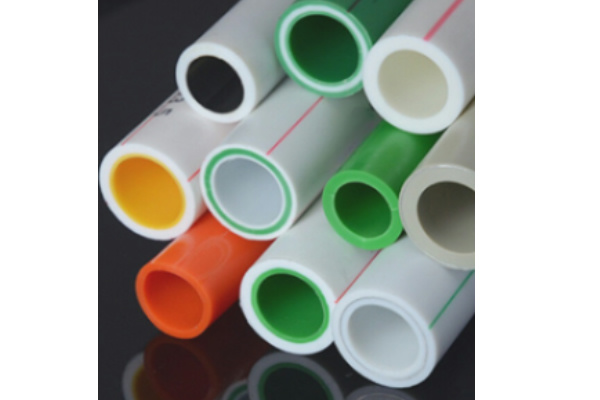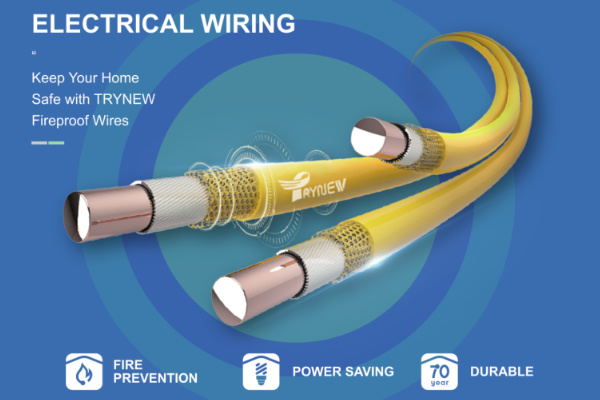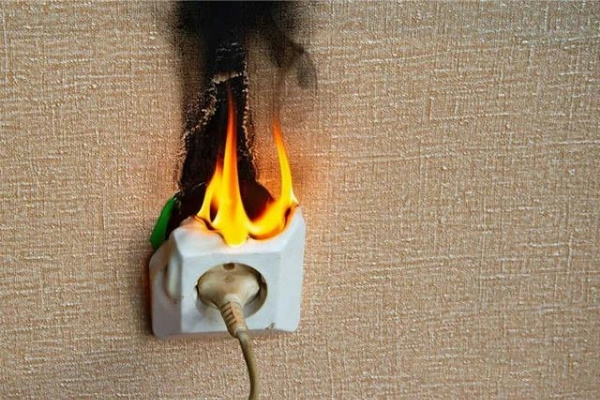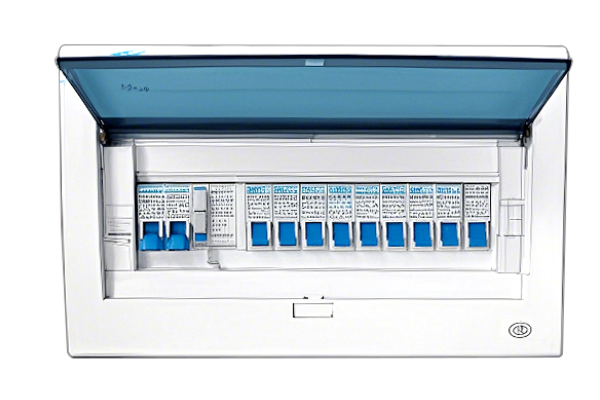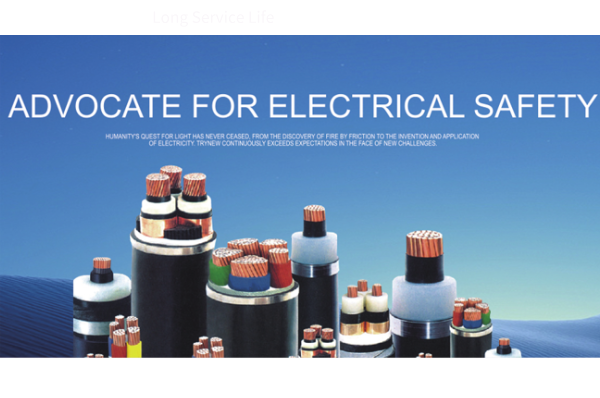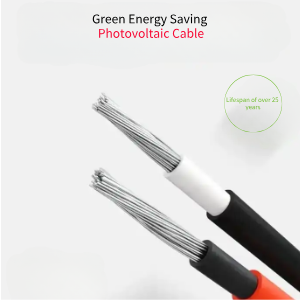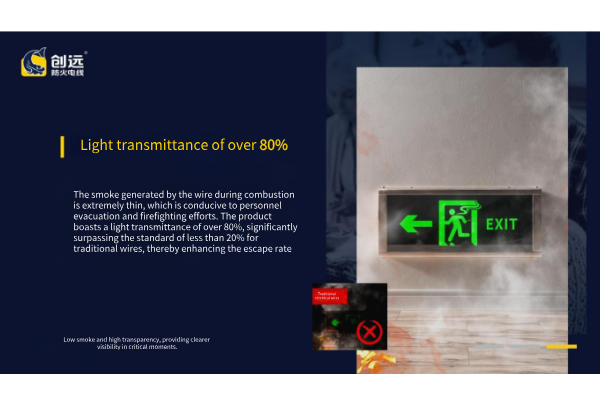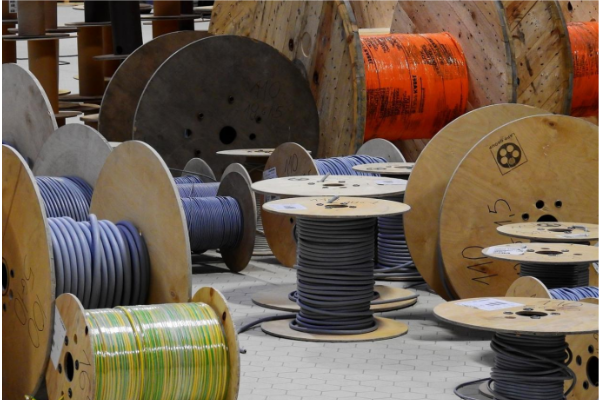What Are the Secrets Behind Flame-Retardant and Fire-Resistant Cables? This Article Explains It All
In our daily lives, electricity is omnipresent. From lighting to household appliances, from office work to industrial production, electrical energy provides us with convenience and power. However, the accompanying safety concerns cannot be overlooked. According to fire statistics, electrical fires account for more than 30% of building fires. How can we minimize the risk of fire? Flame-retardant and fire-resistant cables have emerged as key solutions to this problem. This article will comprehensively introduce the characteristics, classifications, applications, and selection recommendations of flame-retardant cables.
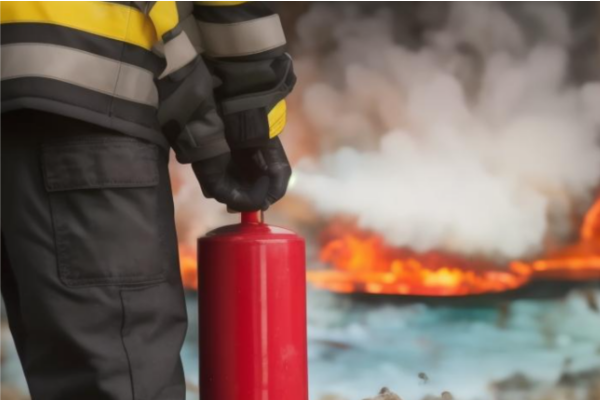
1.Definition and Characteristics of Flame-Retardant Cables
Flame-retardant cables refer to cables that, under specified test conditions, when the sample is ignited, the spread of flame on the sample is limited to a defined range and can self-extinguish after the ignition source is removed. They possess the ability to prevent or delay the occurrence or spread of flames.
Flame-retardant cables can be broadly categorized based on their performance and application scenarios as follows:
Ordinary Flame-Retardant Cables (e.g., ZCBV):
●Improved insulation materials based on ordinary Bv Cables.
●Possess self-extinguishing properties upon removal of fire source, non-propagating.
●Suitable for general household and office environments.
Enhanced Flame-Retardant Cables:
●Offer better flame-retardant performance than ordinary flame-retardant cables.
●Can maintain operational capability for a certain period at higher temperatures.
●Suitable for commercial and light industrial environments with higher safety requirements.
Low Smoke Zero Halogen Flame-Retardant Cables:
●Produce almost no corrosive gases and toxicity when burning, with minimal smoke emission.
●Use special polymers as base materials, added with halogen-free flame retardants.
●Suitable for crowded public places such as hospitals, schools and subways.
Fire-Resistant Flame-Retardant Cables:
●Can operate normally for more than 90 minutes under flame temperatures of 750~800°C.
●Have strong fire-resistant properties, capable of maintaining power supply in case of fire.
●Suitable for critical safety facilities such as fire protection systems and emergency lighting.
2.Classification of Flame-Retardant Cable Grades
According to the GB/T18380-2008 standard, flame-retardant cables can be classified into three grades: A, B, and C, namely ZA, ZB, and ZC.
●ZA Grade Flame-Retardant Cables: Suitable for high-rise buildings, underground structures, large public spaces, and significant industrial and civil buildings where the risk of fire is high, and the areas are densely populated with complex equipment. Examples include hospitals, schools, libraries, theaters, shopping malls, airports, and subways.
●ZB Grade Flame-Retardant Cables: Suitable for general industrial and civil buildings, such as office buildings, residential buildings, factories, and warehouses.
●ZC Grade Flame-Retardant Cables: Suitable for locations with low fire risk, sparse population, and simple equipment, such as Home Decoration, rural areas, and suburbs.
For specific types, please refer to the table below:
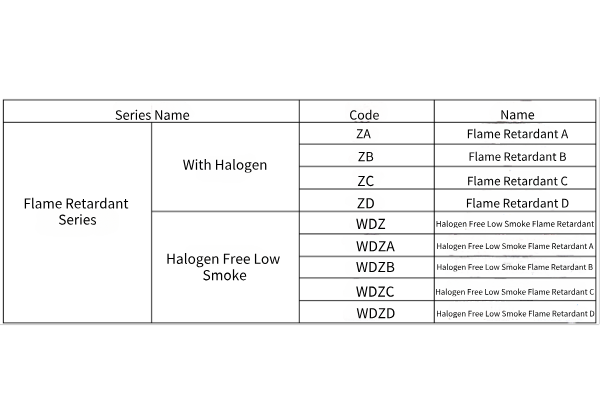
3.Quality Characteristics of High-Quality Flame-Retardant Cables
●Conductor:Utilizes high-precision copper.
●Insulation Outer Layer:Made from low-smoke, halogen-free flame-retardant materials.
●Performance:Flame retardance, corrosiveness, and smoke density comply with national testing standards.
●Certification:Possesses national compulsory certification or meets enterprise standards, even CE European certification.

Advantages of Low Smoke Zero Halogen (LSZH) Flame Retardant Cables
Compared to Pvc Cables, LSZH flame retardant cables offer the following advantages:
●Very low smoke and toxic fume emission during combustion, with no acidic gases released
●Suitable for indoor, public areas, hazardous environments, and areas with poor ventilation
●Commonly used in tunnels and underground railway networks
●In case of fire, visibility is less impaired, facilitating evacuation

